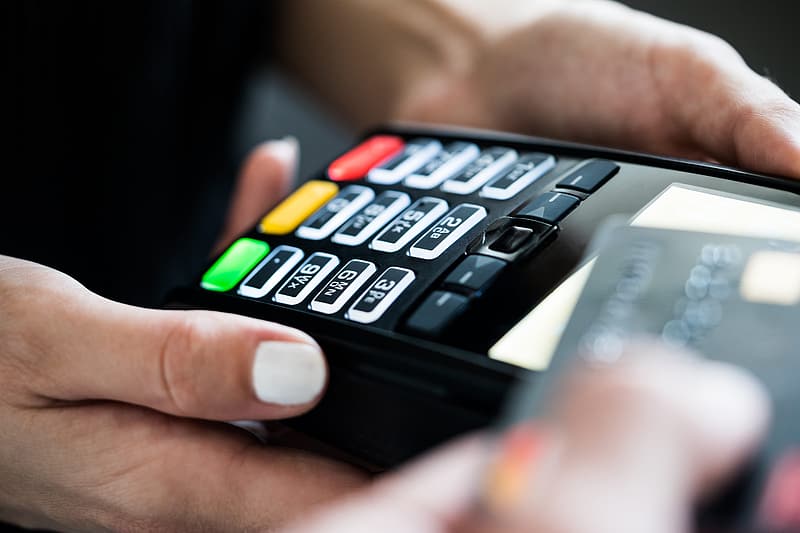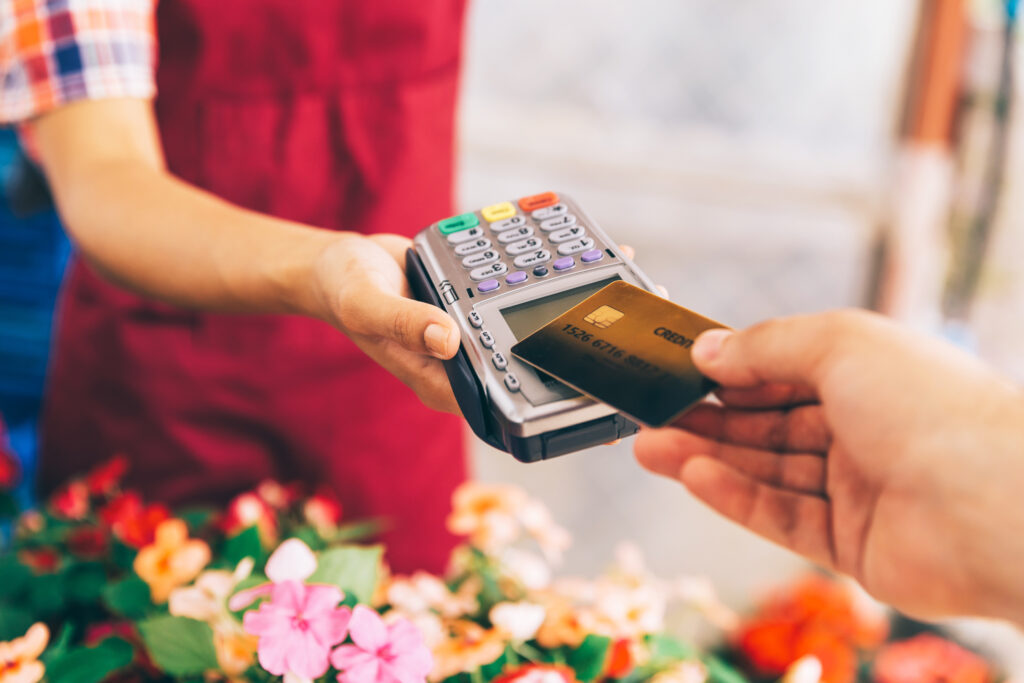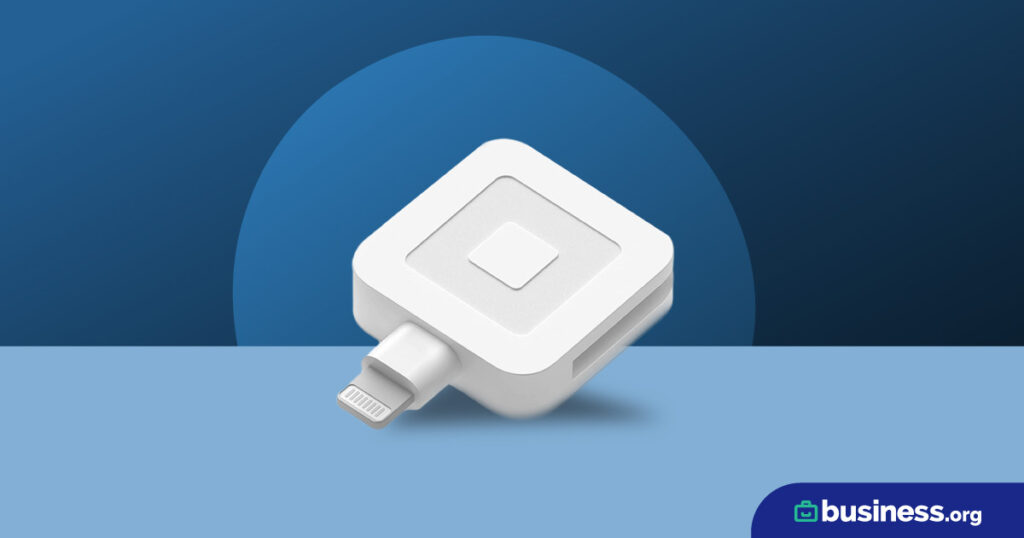We are committed to sharing unbiased reviews. Some of the links on our site are from our partners who compensate us. Read our editorial guidelines and advertising disclosure.
The Merchant’s Guide to EMV Credit Card Chip Technology
Small-business owners who accept credit or debit card payments have every reason to switch from magnetic stripe credit card readers to EMV credit card chip readers. The new credit card chip technology for merchants is more secure, quick, and convenient than magnetic stripe cards. Plus, with new liability rules, merchants (a.k.a. small-business owners) who don’t make the transition to EMV may have to pay hefty fees in the case of payment fraud.
Table of contents
By signing up I agree to the Terms of Use and Privacy Policy.
What is EMV?
EMV credit card chip technology refers to the chip found in today’s smart payment cards. This secure, dynamic technology is now the industry standard for point-of-sale machines, ATMs, and other payment terminals.
Merchants who do not adopt EMV credit card chip technology are at a higher risk of fraud and liability, since businesses that only accept magnetic stripe cards are easier for criminals to target.
What does EMV stand for?
EMV stands for Europay, Mastercard, and Visa—the companies that established the new credit card technology standard. Today, the standard is managed by EMVCo, which is managed by Visa, Mastercard, American Express, Discover, and more.
How does EMV chip technology work?
EMV chip cards come with an embedded security chip that stores unique encrypted data. Whenever a customer uses their EMV card to make a payment, they dip the card into the chip reader when making a purchase. Then the EMV chip creates a one-time transaction code to verify the processing.
This process is far more secure than magnetic stripe cards, which use the same data to verify any purchase. EMV chip data changes over time and cannot be replicated, even if the card is lost or stolen.
What are the benefits of EMV credit card processing?
EMV chip cards offer a host of benefits to small-business owners and consumers alike. Here are just a few reasons EMV card processing continues to rise in popularity across the globe:
- Enhanced security. The most important reason businesses are switching to EMV credit card processing is for better security. Rather than relying on cloneable magnetic stripe data, an EMV chip creates a unique code that is extremely difficult to copy. EMV chips help to decrease fraud with improved protection for merchants and consumers.
- Reduced liability. The latest liability rules in the US incentivize businesses and banks to make the switch to EMV card processing. Merchants, or small-business owners, who don’t make the transition may end up paying high fines if their company falls prey to payment fraud.
- Streamlined payment processing. Along with being more secure, EMV cards are quicker and more convenient than dated magnetic stripe cards. Most new EMV chips allow for contactless payment processing, which is faster and reduces the spread of bacteria.
Getting started with EMV
Adopting EMV credit card technology is relatively straightforward. Small-business owners simply need a credit card machine equipped to read EMV chip technology.
Because most EMV readers also have the capability to read magnetic stripe cards, businesses need only one type of technology to process both credit card types.
Small-business owners who don’t want to invest in a POS terminal can accept EMV payments from their smartphone using services like Clover or Square.

Square lets you get started for free. The account is free, the app is free, and your first mobile card reader is free. You simply pay as you process.
The takeaway
Small-business owners and merchants have every reason to switch from magnetic stripe credit card readers to EMV credit card processing. The new, more secure technology makes it nearly impossible for hackers to commit counterfeit fraud. EMV cards are faster and more convenient too. But above all else, small-business owners who don’t use EMV face increased liability and risk of fraud.
Want to learn more about credit card chip technology? Read about the Best EMV Chip Readers on Business.org.
Related reading
EMV chip card FAQ
What does EMV mean to merchants?
EMV is a type of payment technology merchants use to process credit card transactions. Short for Europay, Mastercard, and Visa, EMV is an important way to increase security, speed up credit card processing, and simplify purchasing for both the consumer and the business.
Who makes EMV chips for credit cards?
A variety of vendors make contactless smart chips for credit cards, including Texas Instruments, Philips, Hitachi, Infineon, and more. The EMV trademark is owned by EMVCo, LLC.
What is the microchip in credit cards used for?
Credit card microchips are used to increase security for both merchants and consumers during the transaction process. They’re considered more secure than a magnetic stripe because the authentication code they generate cannot be reused, whereas a magnetic stripe uses the same information for every transaction.
How do EMV chip cards work?
EMV chip cards generate a unique code each time they are dipped into the credit card reader. After the cardholder follows the on-screen instructions, the chip and card reader communicate to process the transaction. Unlike magnetic stripe cards, the code generated by an EMV chip can never be reused or replicated.
Disclaimer
At Business.org, our research is meant to offer general product and service recommendations. We don't guarantee that our suggestions will work best for each individual or business, so consider your unique needs when choosing products and services.




